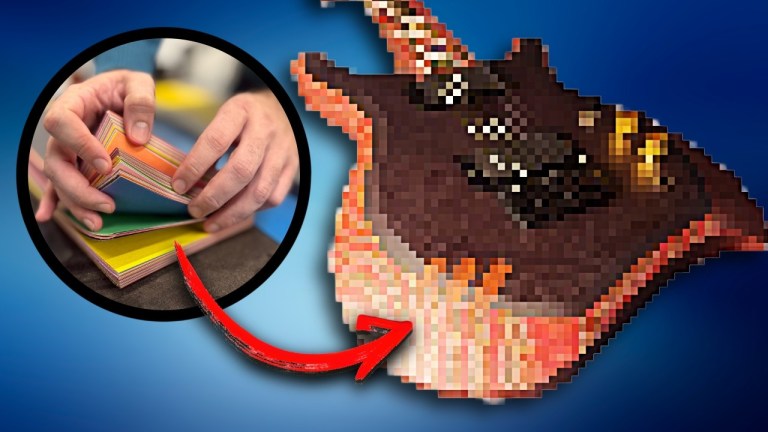The Rise and Fall of Towering Powdered Wigs
In an hirsute TED Ed lesson written by Stephanie Honchell Smith and directed by Patrick Smith, narrator Alexandra Panzer explains how powdered wigs came into fashion. The trend began with Louis XIII in the 17th century and took off from there.
Wigs date at least as far back as ancient Egypt, where well-regarded hairdressers crafted them into intricate styles. And under certain ancient Roman dynasties, women’s wigs became particularly ornate. Yet it wasn’t until Louis XIII unveiled a magnificent mane in the 17th century that big wigs truly began booming.
In the 18th century, wigs kept growing higher and higher as personal hygiene became less important. Instead wigs were kept fresh with powder and perfume. Luckily, this fashion craze only lasted for a century.
Throughout the 18t century, wigs became bigger, brighter, and lighter. The lightness was accentuated by applying hair powder, usually made from scented flour, which helped absorb sweat and keep wigs smelling fresh. By the early 19th century, big wigs went out of fashion in favor of natural hairstyles.






